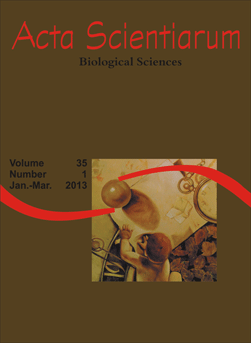<b>Conservation assumptions and development in Brazilian Cerrado</b> - doi: 10.4025/actascibiolsci.v35i1.12480
Resumo
This study reviews the debate concerning socioeconomic impacts of established protected areas on local populations. On one side, there are those who defend the idea that protected areas may assist in poverty reduction by generating alternative sources of income, and on the other hand, those who argue just the opposite, due to the eminent expropriation of the land. Thus, the relationship between protected areas and poverty is evaluated through development indexes (Human Development Index and Gini Coefficient) and by contrary assumptions. Through a disaggregated analysis method of “strict protected” and “sustainable use”, the proposal was to evaluate, in the context of Brazilian Cerrado, if the presence of protected areas has influence on the local social conditions, and which protection methods have the greatest effect. In this evaluation, it was verified that despite the heterogeneity of income distribution, the municipalities with integrally protected areas of indirect-use have higher values of human development than those of direct-use.
Downloads
DECLARAÇÃO DE ORIGINALIDADE E DIREITOS AUTORAIS
Declaro que o presente artigo é original, não tendo sido submetido à publicação em qualquer outro periódico nacional ou internacional, quer seja em parte ou em sua totalidade.
Os direitos autorais pertencem exclusivamente aos autores. Os direitos de licenciamento utilizados pelo periódico é a licença Creative Commons Attribution 4.0 (CC BY 4.0): são permitidos o compartilhamento (cópia e distribuição do material em qualqer meio ou formato) e adaptação (remix, transformação e criação de material a partir do conteúdo assim licenciado para quaisquer fins, inclusive comerciais.
Recomenda-se a leitura desse link para maiores informações sobre o tema: fornecimento de créditos e referências de forma correta, entre outros detalhes cruciais para uso adequado do material licenciado.












1.png)




3.png)













